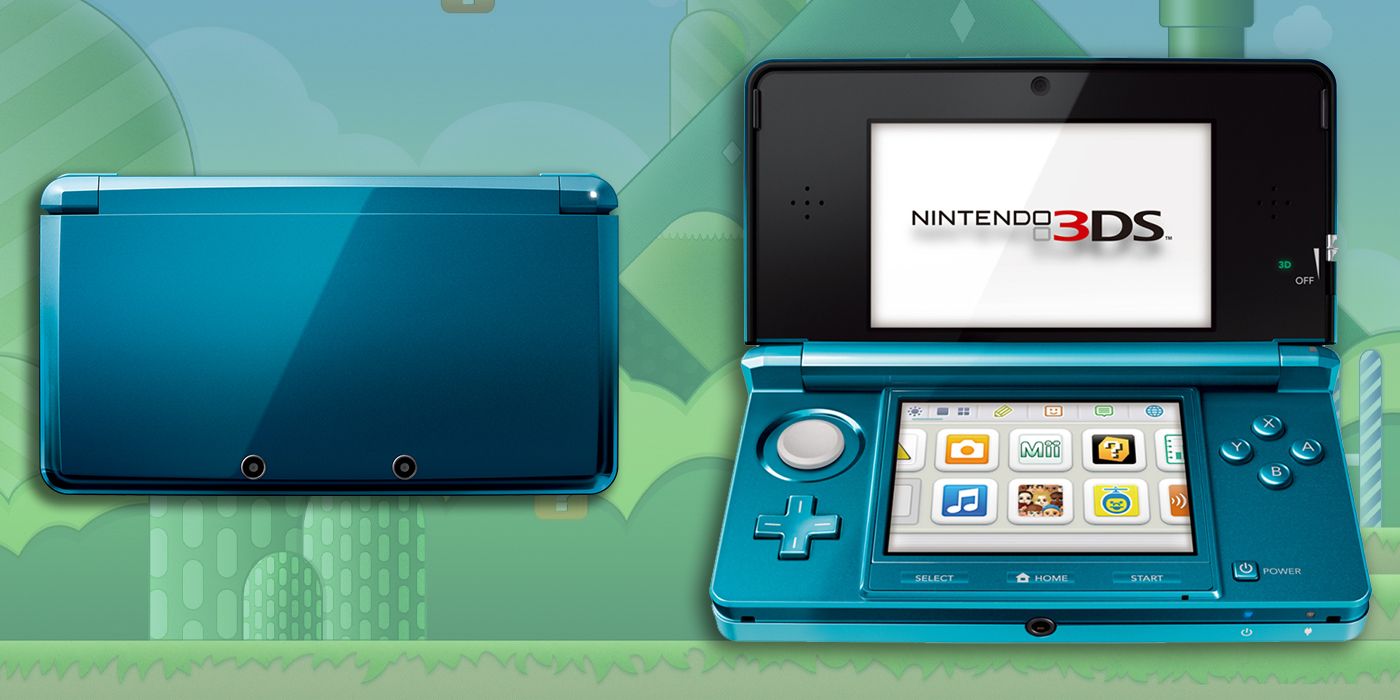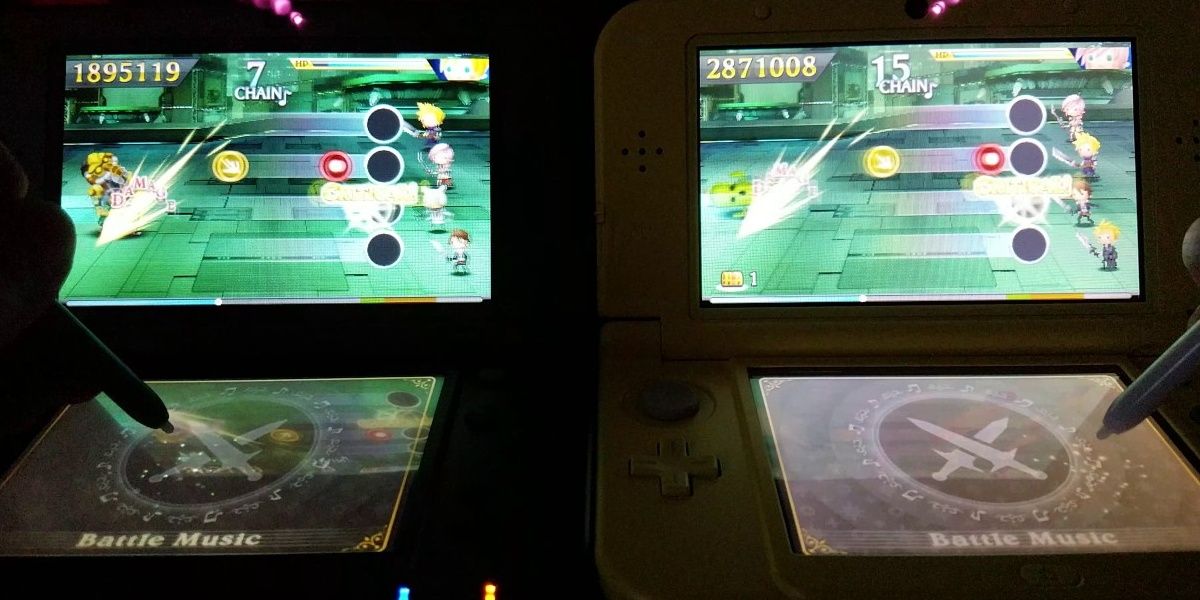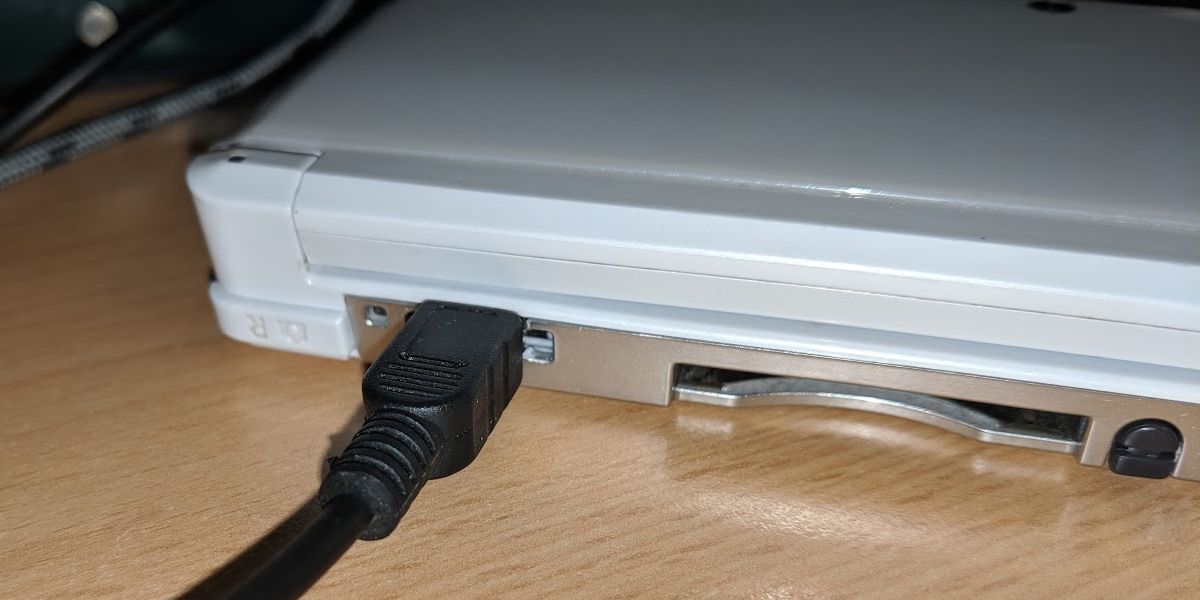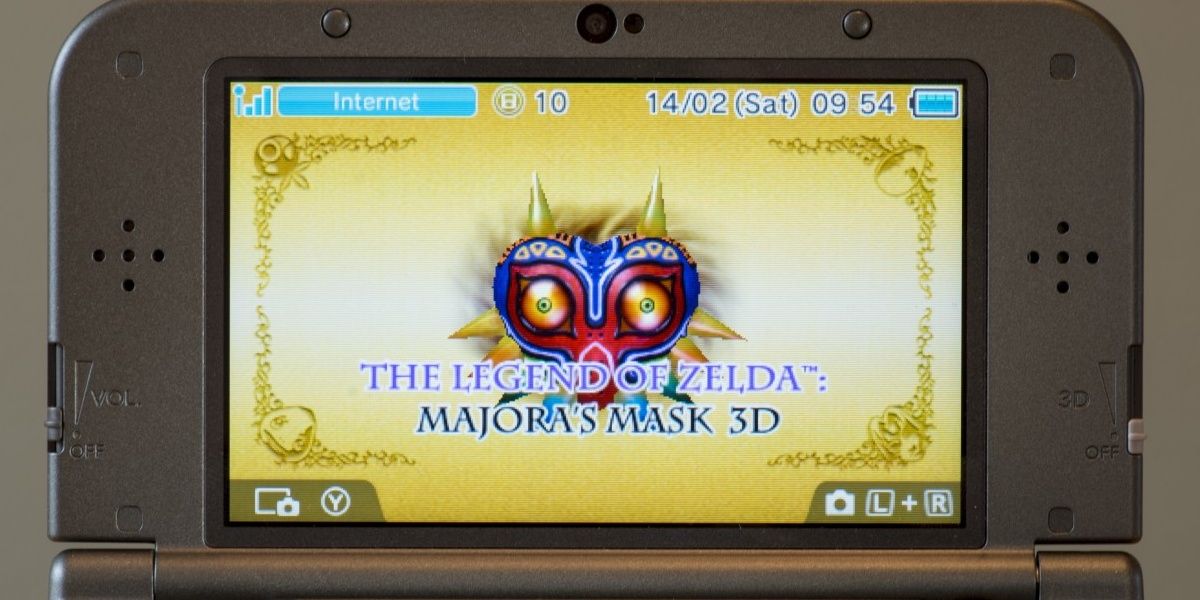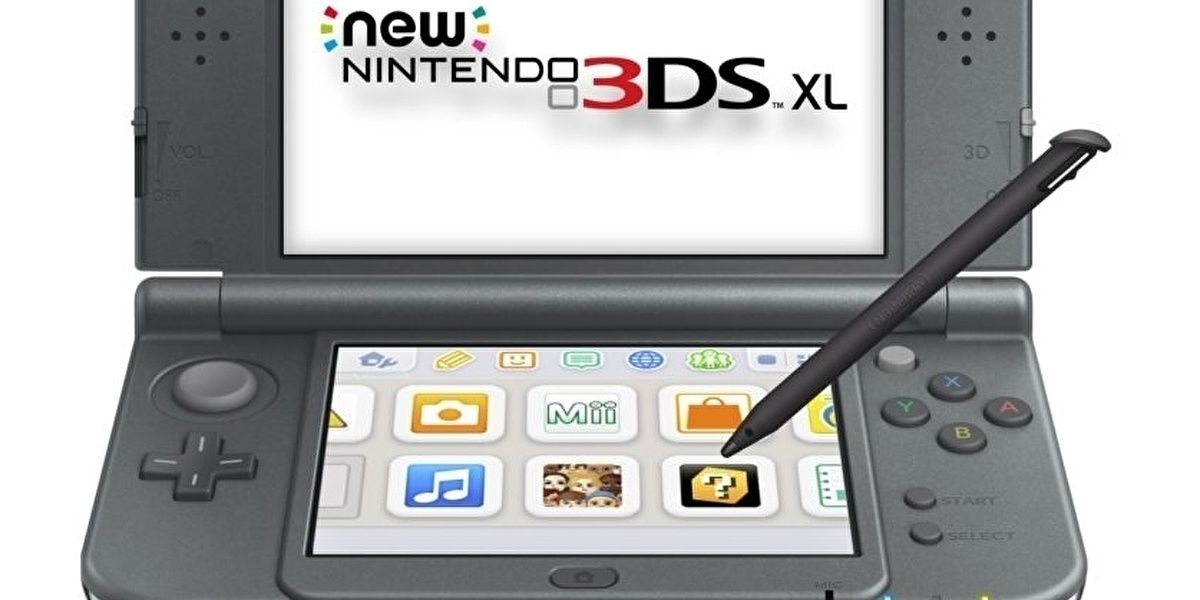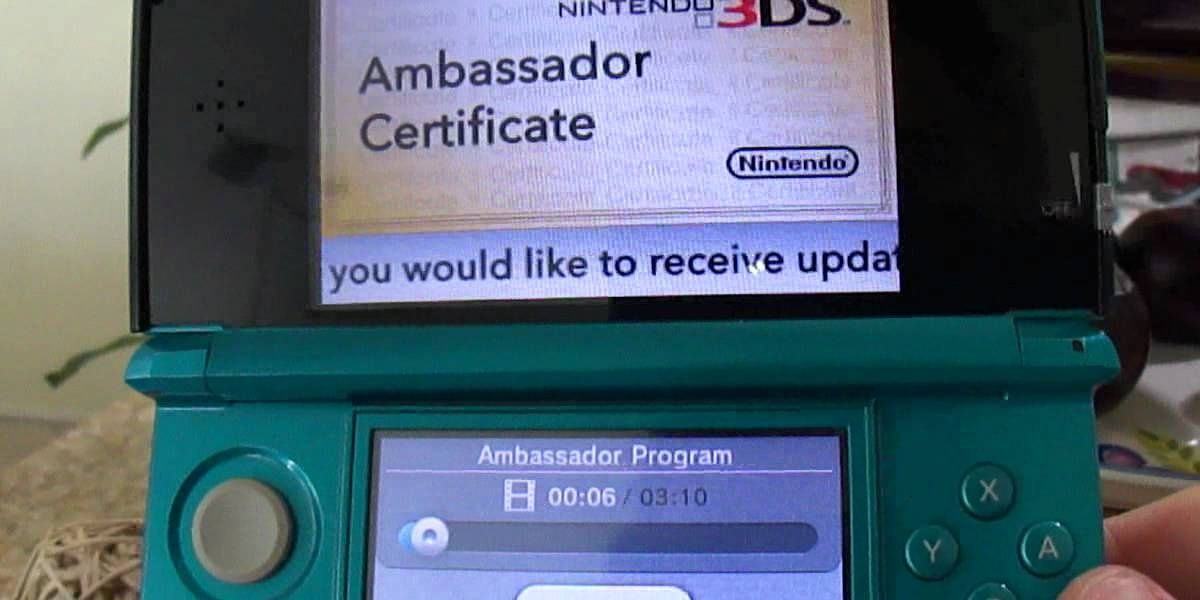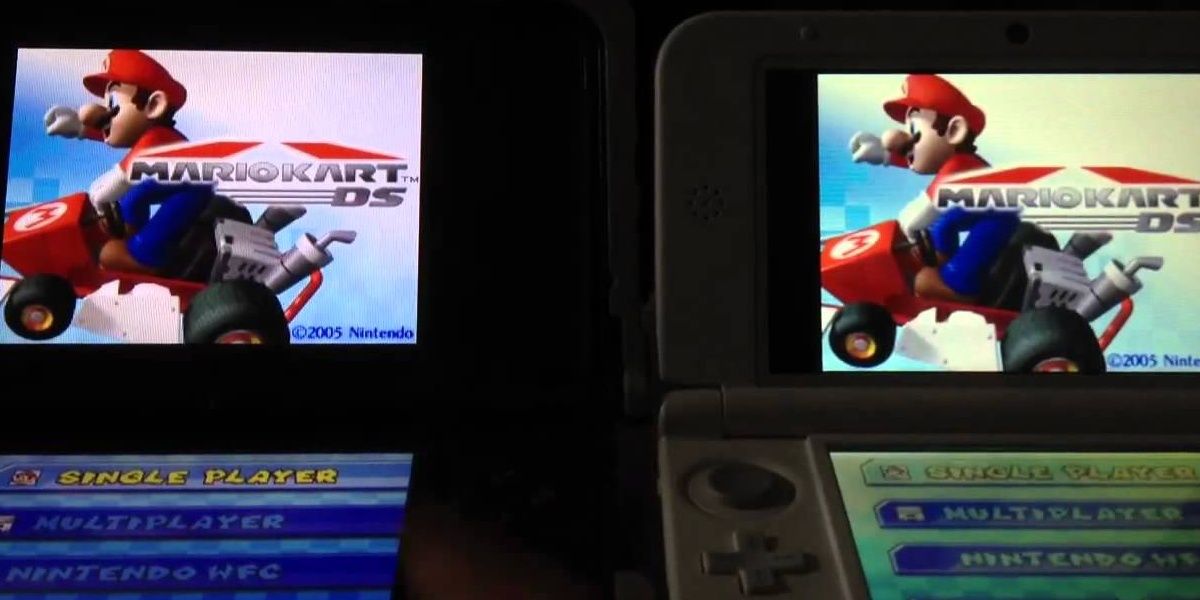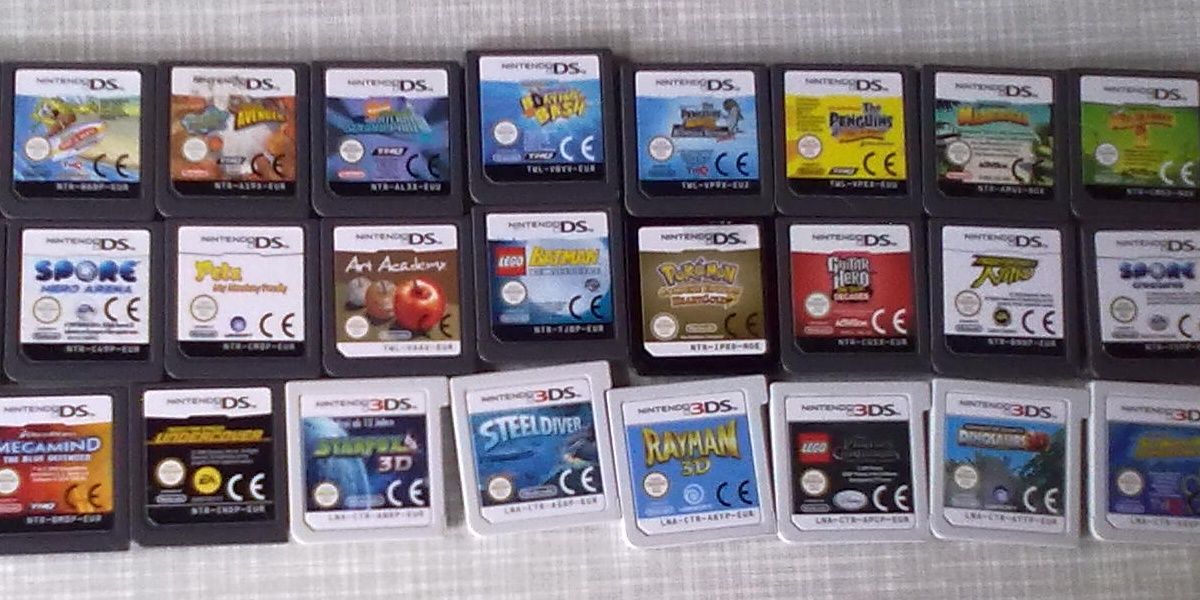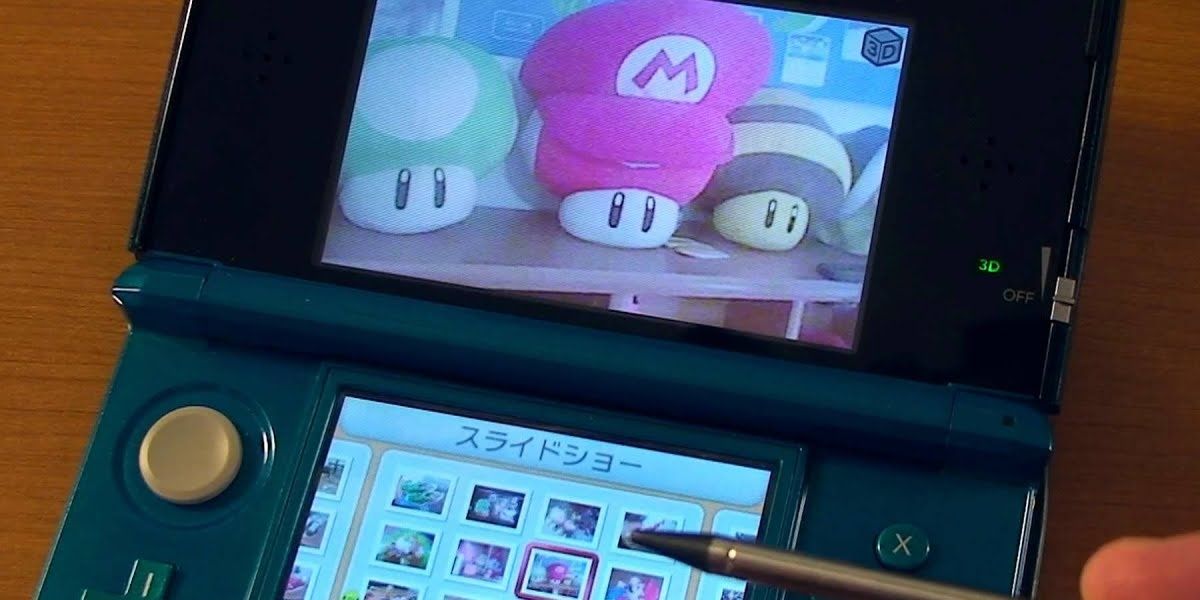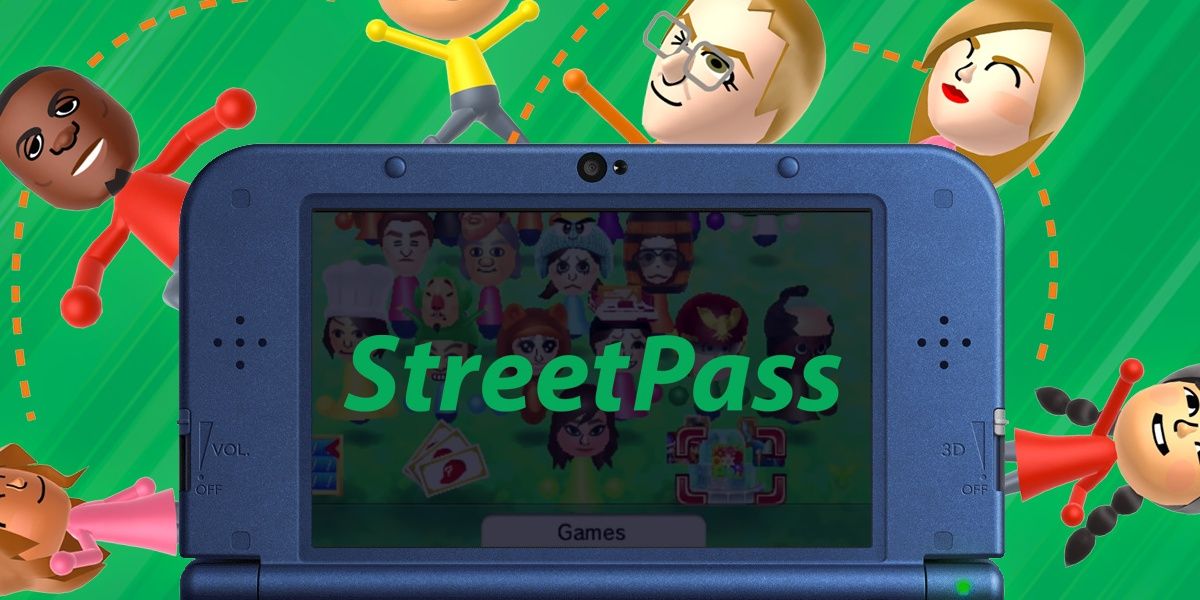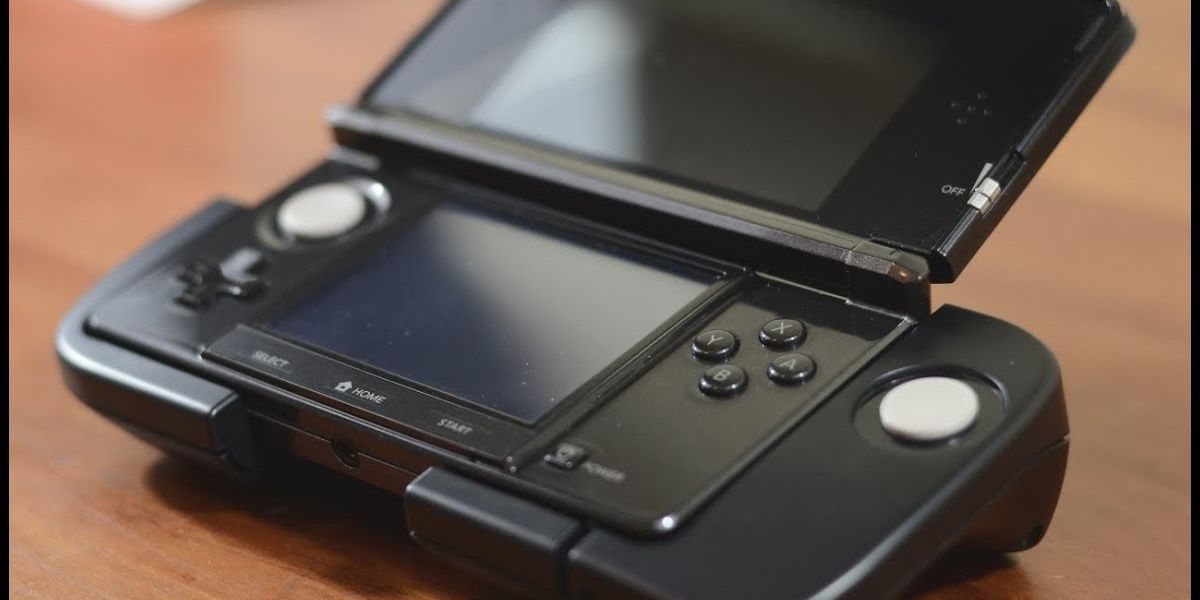Back in mid-September, Nintendo broke out the news that they officially discontinued every model of the Nintendo 3DS handheld gaming system. The 3DS suffered a rocky launch, but somehow Nintendo managed to ship more than 75.9 million 3DS all over the globe.
The Nintendo 3DS has accumulated more than 1,344 games since its launch in 2011. It took ten years for Nintendo to decide to discontinue the handheld system, mainly because it was such a good console no one realized a decade had already passed. What will be missed about the 3DS?
10 Miss: Dual-Screen Gaming
Nintendo's 3DS was the last handheld console that worked with dual-screen gaming. With Nintendo building the Switch for a single-screen gaming experience, it's fair to say that the 3DS will be the last one with this attribute, at least for a while.
This feature allowed players to see the map or their inventory on the lower screen while most of the gameplay happened on the main screen. Because the lower screen had tactile feedback, developers could integrate new features to their games that weren't possible with just buttons.
9 Forget: Battery Life
When it comes to the 3DS, three to five hours were all you had available to enjoy your games. However, you could do some tweaking to make the battery last a little longer, like adjusting the brightness level.
If you didn't use the console's 3D features, the battery would last for a much longer time: five to eight hours in the original 3DS and six to ten hours in the 3DS XL. However, what's the point of not using the 3D option when it is the main reason to own a 3DS in the first place?
8 Miss: Glasses-free 3D
The Nintendo 3DS had a stereoscopic 3D effect coming from the top screen. This was groundbreaking technology in 2010 when the system was announced.
Over the years, players had mixed feelings about this addition. Certainly, it was something they have never seen before, but it really didn't add much gameplay-wise. If you moved a little, the 3D effect started to look funky. However, Nintendo tried to fix this in later models by adding a second camera to track the player's eyes so it could adjust the 3D display accordingly to the player's viewing angle.
7 Forget: The Price
3D tech isn't cheap; that's why Nintendo struggled to find the right price for its console when they decided to release it. After all, the DS was still a viable and less expensive option, and while 3D was intriguing, it didn't add much to gameplay features.
When it first came out, the 3DS had a $250 price tag, which made it an investment to consider doing. A few months later, Nintendo had to lower the price to $170. Years later, the 3DS XL would sell for $30 more, somewhere around $200, this time the bigger screens and extra storage justified the price increase.
6 Miss: The Ambassador Programme
Nintendo made its Ambassador program to recognize those customers who bought the 3DS before they decided to lower the price. To become an ambassador, you needed to purchase a Nintendo 3DS before August 12, 2011. You had to log on to the Nintendo eShop with your 3DS and then update the console; 3ds Ambassadors received approximately $130 in games for free basically just because they bought the system early and for $80 more than other people.
Ambassadors had free access to 10 NES games and 10 Game Boy Advance games, including some titles like Metroid Fusion, Mario vs. Donkey Kong, Super Mario Bros, and The Legend of Zelda.
5 Forget: Screen Resolution
When it first launched back in 2011, the 3DS had roughly the same screen size as the 2DS. However, the resolution was slightly different to achieve the 3D effect; this time, you had a resolution of 800×240 pixels ( 400×240 pixels per eye).
Later on, with the 3DS XL console's introduction, Nintendo beefed-up its screen size with a console that had a 4.88-inch display. While the screen got bigger, you paid $30 more for the same resolution as the original 3DS. At the moment, this didn't seem like a big deal, but as time passed and technology advanced, smartphones quickly surpassed these console's screens.
4 Miss: Backward compatibility
The 3DS was backward compatible with the Nintendo DS and even the DSi, with titles that require the Game Boy Advance slot being an exception. However, the 3DS could run the vast majority of Game Boy Advance games without emulation. This could be accessed with custom firmware. Then it obviously had official releases of many Game Boy-Game Boy Color games on the shop via emulation.
The Nintendo 3DS and XL automatically stretch lower-resolution DS games to fit their larger screens. However, older games that use the Game Boy Advance game slot on the Nintendo DS couldn't access accessories when playing on a 3DS system.
3 Forget: Camera Quality
Someone born in the 2000s would have a hard time imagining a time where you had to carry around a camera if you wanted to take pictures of memorable moments in your life. However, in 2010, everything had an integrated camera.
Nintendo jumped on this trend with the 3DS; this console had two cameras on the back to take 3D photos and video, and one on the front for regular 2D pics. While it was a feature people could use, the camera quality was so low you couldn't take them seriously.
2 Miss: StreetPass
This year, billions of people had to spend most of their time in quarantine. Naturally, it can feel weird to imagine a time when people walked around with their consoles as a way to interact with others. But with StreetPass, 3DS-users could do just that.
StreetPass allowed players to exchange data from games and applications with other 3DS systems they contacted through the short-range wireless technology the handled system had. This feature required both systems to be on and to have StreetPass enabled. Using StreetPass, players could acquire new things in games they already own. For example, in some Pokemon games, StreetPass notifications granted players Poke Miles.
1 Forget: No Second Analog Stick
By 2010, controllers with two analog sticks were the norm. When Nintendo announced the 3DS, many hoped that it was finally time for the console to have two sticks. It didn't.
This stickless situation didn't change with the Nintendo 3DS XL. However, Nintendo released a second-stick peripheral for those hardcore-gamers that needed the extra joystick, and the company named it the Circle Pad Pro.

